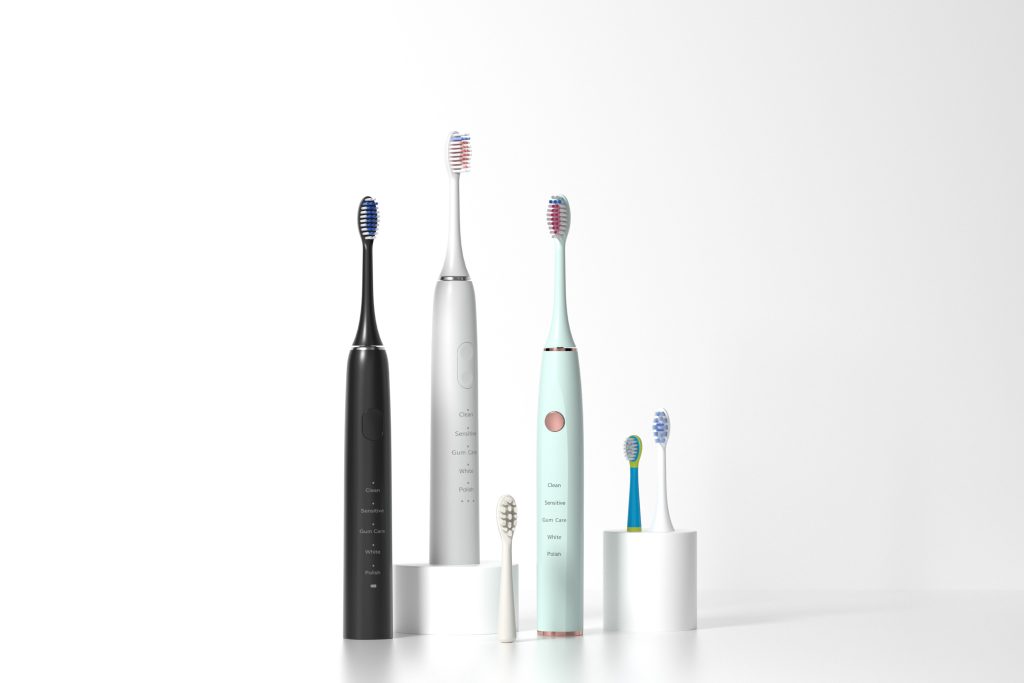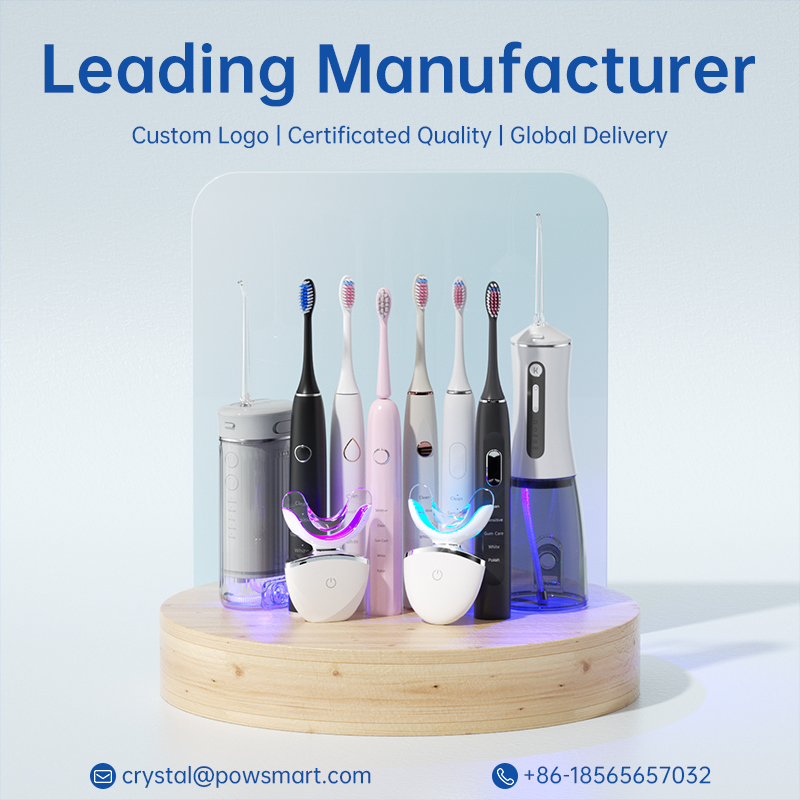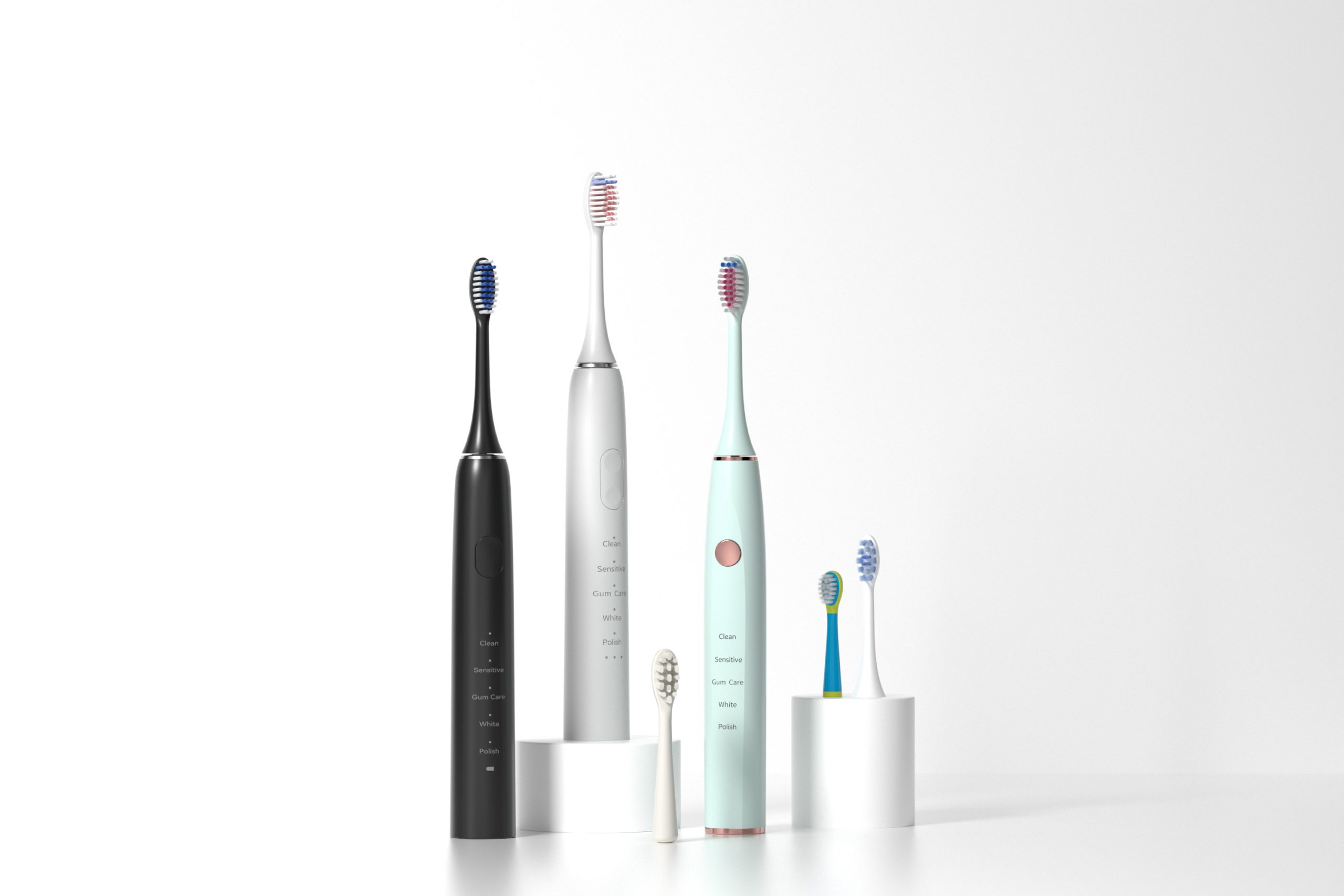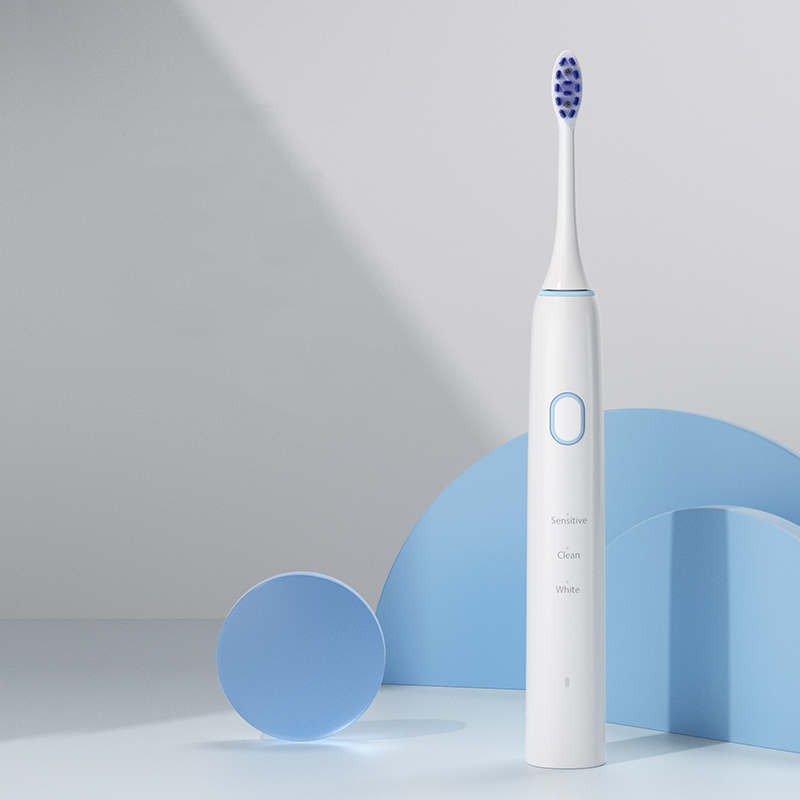When an electric toothbrush experiences a vibration malfunction, the handle can produce excessive or erratic amplitudes that not only compromise cleaning but, over time, may trigger gum recession. To help B2B manufacturers understand this critical risk, we analyze six key dimensions and provide actionable design and support strategies.
First, abnormal vibration patterns harm gums through:
Understanding these mechanisms enables targeted improvements to vibration control.
Next, brushing behaviors can magnify the harm from malfunctions:
Guiding users on correct grip and brushing motion is therefore essential.
Furthermore, these design shortcomings often underlie malfunctions:
Only robust hardware and firmware co-design can eliminate these root causes. Company web: https://www.powsmart.com/product/electric-toothbrush/
.jpg)
B2B manufacturers can adopt these strategies:
A combined hardware/software approach significantly raises reliability.
A comprehensive quality system catches issues before they reach users:
These processes ensure each product generation grows more stable and safe.
Finally, equipping channels and end users is vital:
With thorough training and proactive alerts, you empower every user to detect and prevent harm.
Conclusion
A vibration malfunction not only undermines cleaning but, through repeated high-impact and microtrauma, can contribute to gum recession. B2B manufacturers must address this risk across six dimensions—vibration mechanics, user behavior, design flaws, optimization, QA, and training—to deliver safe, effective, and durable electric toothbrushes. Contact us to eliminate vibration hazards and protect healthy smiles!


Travel Size Electric Toothbrush Wholesale
.jpg)
Solution for Color Customization of Water Flossers: From Pantone Code to Actual Machine – A Comparison of Two-Color Injection Molding and Gradient Spraying
Electric Toothbrush Gujarat | Modern Family Care

What is the Average Lifespan of an Electric Toothbrush? Manufacturer’s Insight

Ultrasonic electric toothbrush
Electric Toothbrush Private Label Supplier | Build Your Custom Brand Line
Best Toothbrush Kolkata | Trusted Oral Care
Electric Toothbrush Gift Set Supplier
.jpg)
Proven Strategies to Unlock Premium Water Flosser Brands Positioning

What is the Most Sanitary Way to Keep a Toothbrush? OEM Solutions for Modern Oral Care
Valve Jamming Causing Salivary Alteration – Fixable?
-3-scaled-1.jpg)
Teeth Whitening Tech: Is LED Scientifically Superior to UV for OEM Applications?

The Growing Potential of the Oral Care Business: Trends, Opportunities & Market Insights
Adapter Overheating with Circuit Shorting – Fire Risk?

Electric Toothbrush for Students: Budget-Friendly OEM Options
Light Decay Causing Gingival Discoloration?

Private Label Whitening Gel

electric toothbrush heads Deep Clean

Customization Teeth Whitening Gel

electric toothbrush heads Charcoal Infuse-Round
.jpg)
Florida Electric Toothbrush – Powsmart PTR-C8

electric toothbrush heads Regular Clean

Electric toothbrush heads Charcoal Infused-Diamond

electric toothbrush heads Ultra Soft
whstapp
whstapp
National Toll-Free Service Hotline
+86 755 86238638